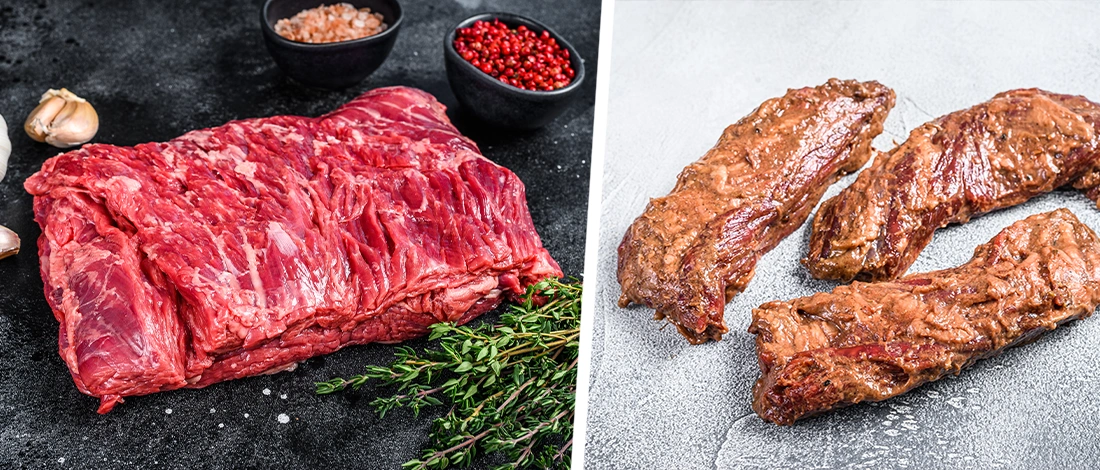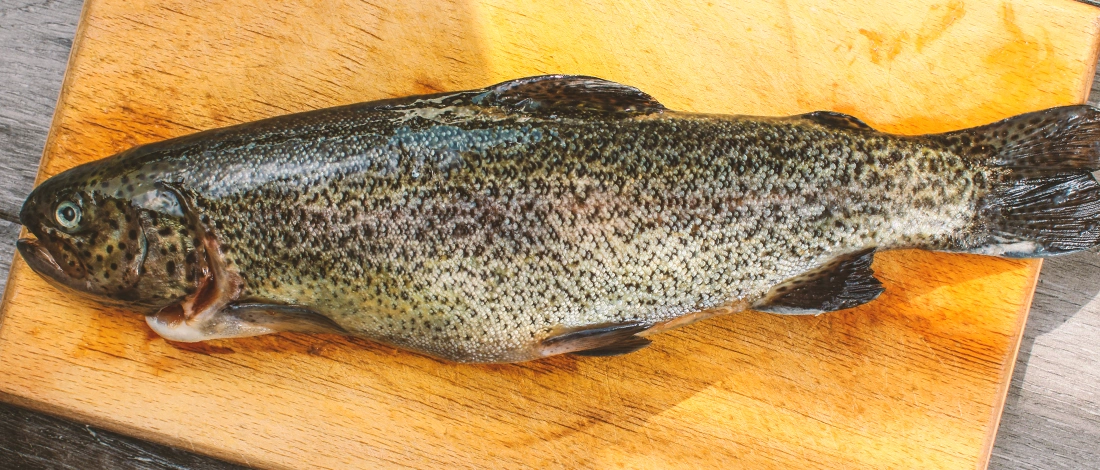After ten years on a carnivore diet and many briskets later, I’ve learned that resting the meat makes a big difference.
I tested various rest times and consulted a chef for expert input.
For the best results, start with quality brisket—ButcherBox offers great grass-fed, grass-finished options.
Here’s what you need to know about resting brisket for the best flavor.
Quick Summary
- You should rest the meat for one to two hours.
- The resting period is a crucial part of having a delicious brisket.
- You can rest your brisket in several ways.
How Long Should You Rest a Brisket?
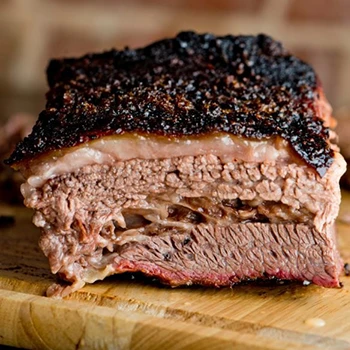
Rest brisket for 1–2 hours, no matter how it’s cooked. Resting lets the meat reabsorb juices, keeping it moist when sliced.
Note: Only rest longer if using an insulated container. Never rest overnight—bacteria can form.
Longer rests improve juiciness, but going past two hours can turn the bark mushy and the meat cold.
Related Article: How Long Should Ribs Rest?
3 Ways to Rest Briskets
The brisket reaches maximum tenderness around 200 degrees, when you should remove it from the smoker and let the meat rest.
Remove any foil or butcher paper. Move the brisket to a dish, like a pan or a quality cutting board, to catch the juices. Let the meat rest.
There are several different ways you can let the brisket rest.
1. In a Cooler
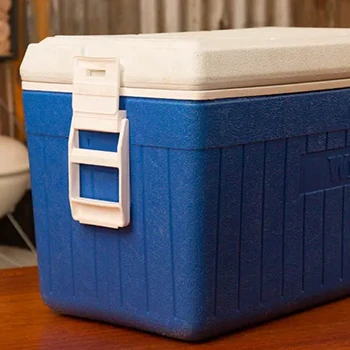
You can rest brisket in a cooler using the faux cambro method. But first, let’s clarify resting vs. holding.
Resting allows meat to reabsorb juices after cooking. Holding keeps it warm when you’re not serving it right away.
Holding is ideal for prepping ahead—just keep the internal temp above 140°F using a meat thermometer. Use a holding oven, cambro, or insulated cooler.
“Brisket is full of connective tissue, so brisket must be cooked over low heat for a long time to break down the tissue without overcooking the meat.” - Traeger, World’s Leading Grill Brand
To hold brisket in a cooler, wrap it in foil, towels, or blankets. A well-insulated cooler slows cooling and keeps the meat hot longer.
Pro tip: Warm the cooler first by filling it with hot water for 30 minutes, then emptying it before placing the brisket inside.
Note: Holding in a cooler may soften the bark due to steam buildup.
2. In a Cambro
Resting brisket in a cambro is another effective holding method. It looks like a mini fridge, and some models have built-in heaters.
Cambros retain heat well, making them ideal if you’re not serving brisket right away.
They’re a smart investment for frequent smokers, caterers, or barbecue competitors. Choose from front-load or top-load models in various sizes for easy transport.
3. At Room Temperature
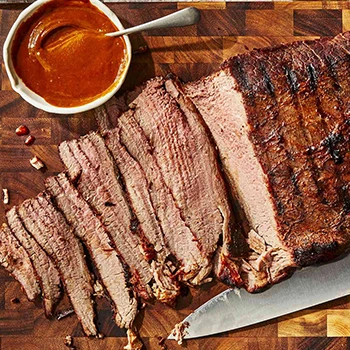
Some prefer resting brisket at room temperature—placing it on a cutting board or aluminum pan after removing it from the smoker.
This method helps set and firm up the bark if it’s still soft.
Just don’t let it sit out for more than two hours, or it enters the danger zone [1].
Once brisket drops below 140°F, bacteria can grow—posing a food safety risk. Never rest it overnight.
Resting Brisket Wrapped vs Unwrapped
If you wrapped the brisket before cooking, rest it in the same wrap to retain juices and insulation.
This supports carry-over cooking, allowing heat to further break down connective tissue.
Pro tip: Use butcher paper instead of foil. It’s more breathable and prevents oversteaming, while foil traps more heat but is easier to handle.
Some pitmasters unwrap the brisket immediately to let air circulate, preserving bark and preventing overcooking.
Both methods have pros and cons—try each to see what works best for you
Why It’s Important to Rest the Brisket?
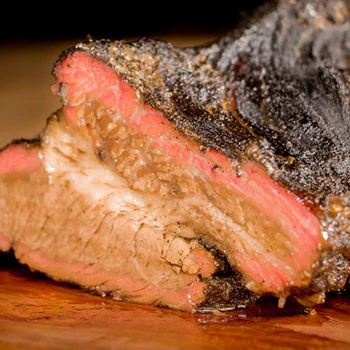
Resting brisket is essential because it lets juices redistribute throughout the meat.
Brisket is 71% water [2]. Cooking contracts the muscle fibers, pushing moisture outward, which can make brisket dry.
As it rests, collagen cools and thickens the juices, keeping them from running out when sliced.
Some try to baste sliced brisket with drained juices, but this doesn’t restore lost steam or tenderness.
Note: Some juice will still escape, so rest brisket on a rimmed platter or grooved board.
FAQs
How Do You Keep the Brisket Moist While Resting?
You can keep the brisket moist while resting by wrapping a whole-packer brisket in foil or butcher paper.
Do You Flip the Brisket After Wrapping?
You should flip the brisket after wrapping. The airflow in any smoker is uneven, so if you leave a wrapped brisket in one position for the whole time, it’ll dry out. Flip at least once during the smoking for a flavorful brisket.
What Dries Out Brisket?
Five things dry out the brisket: 1. Lack of marbling. 2. Cooking at too high a temperature. 3. Cooking too long. 4. Not wrapping it. 5. Resting it too long.
References:
- https://www.usda.gov/media/blog/2013/03/25/spring-food-safety
- https://www.fsis.usda.gov/food-safety/safe-food-handling-and-preparation/


